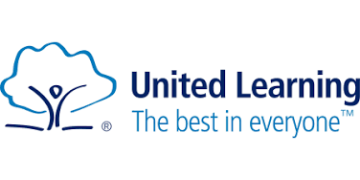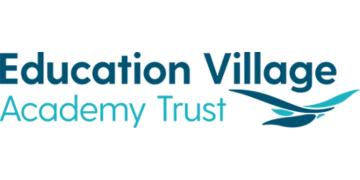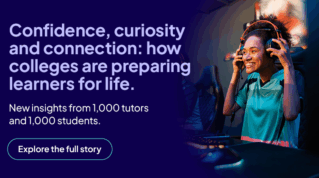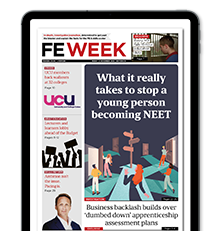Across the UK, the careers system is under pressure. Almost a million young people are currently not in education, employment or training (NEET). At the same time, employers continue to warn of shortages in key skills, particularly in growth industries.
The gap between opportunity and aspiration is widening and it risks leaving too many young people without a clear route into work and a career.
One reason for this gap is the way careers information reaches young people. We have known for a long time that the traditional model of a one-off guidance session or careers “lessons” pigeon-holed into the timetable is not fit for purpose.
Many students still struggle to name a career they want to pursue and, when they can, choices often cluster around a small set of familiar roles. The wide variety of jobs available in the modern economy, from emerging digital roles to careers in sport, physical activity and wellbeing, can remain largely hidden.
Recent research by Ravensbourne University London highlights the scale of the problem. It found that only a small proportion of 16 to 21-year-olds see traditional careers guidance – such as careers events or a careers advisor at their school or college – as their primary source of advice. Instead, many are turning to family or social media, which may feel more accessible but rarely shows the full picture of available opportunities.
The same report highlighted that traditional careers guidance is currently a confusing experience for young people as they do not feel equipped with enough information to make informed decisions about their career; less than a third (31 per cent) of respondents felt they had received helpful careers guidance through traditional methods, while 58 per cent said they did not understand the route from education into industry using careers information, advice and guidance (CIAG).
What young people say they value most are experiences that feel authentic: work placements, internships, employer encounters that show them what a job actually looks like.
Mentoring and visible role models are equally important. If young people cannot see people like themselves succeeding in a particular role, it becomes much harder to imagine that career as a realistic option.
In sectors such as sport and physical activity, which has a higher proportion of young people as part of its workforce than most, new initiatives are helping to bridge this divide. CIMSPA has developed a careers hub which maps out the range of jobs available and the professional standards that underpin them.
By working with the Department for Work and Pensions, young people and jobseekers are also supported to access placements and employer connections that reduce the risk of becoming NEET. These approaches show what can be achieved when careers information is joined up with real-world opportunity.
Social media will continue to play a role in how young people think about the world of work, but it cannot be the only influence. Behind the figure of a popular influencer lies a network of roles, from videographers to marketers and data analysts, just as behind the visible fitness instructor lies a whole ecosystem of careers in leadership, health, community engagement and facility management. Helping young people to understand these wider opportunities is crucial if we are to broaden their aspirations.
The crisis in the number of NEETs should be a wake-up call. It signals that too many young people are missing the guidance, experiences and encouragement that connect potential with opportunity.
If careers support can evolve to provide clearer information, more workplace encounters and stronger role models, then young people will be better placed to build futures that are not only sustainable for them, but vital for the health of our economy and society.











Your thoughts